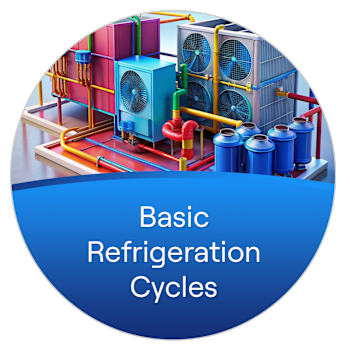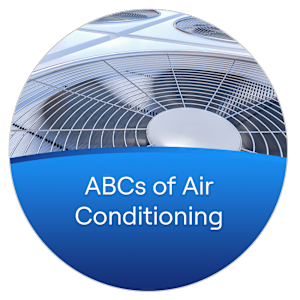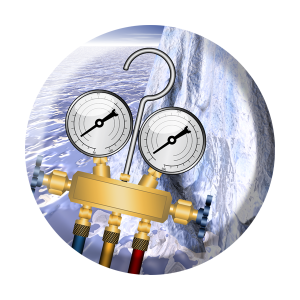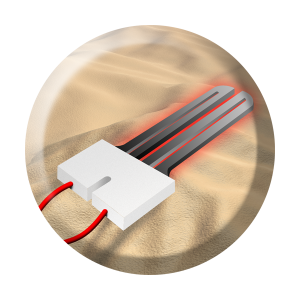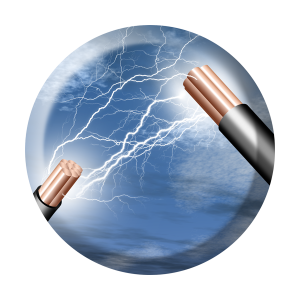Basic Refrigeration Cycles
OL003
This online training course covers all the various types of refrigeration cycles commonly used in today’s air conditioning systems. The program covers positive displacement, centrifugal, and absorption cycles with details on related compressors and systems. It also discusses principal components of each cycle and how they function. The course includes section tests and a final exam. To receive FAD credit you must pass the final exam.
| duration | cost | format | register |
|---|---|---|---|
| 2 hrs | $50 | online |
This online training course covers all the various types of refrigeration cycles commonly used in today’s air conditioning systems. The program covers positive displacement, centrifugal, and absorption cycles with details on related compressors and systems. It also discusses principal components of each cycle and how they function. The course includes section tests and a final exam. To receive FAD credit you must pass the final exam.
Who should take this training
This course is for anyone new to the industry or people involved in the industry who want to understand more about the function and equipment used in HVAC systems.
Learning Objectives
At the conclusion of this course each student should be able to:
- Understand what is meant by the term "refrigeration cycle."
- Identify the types of refrigeration cycles.
- Relate the types of refrigeration cycles to the method of compression and the type of compressor used.
- Explain the operation of a basic vapor compression cycle.
- Describe the operation of a vapor compression cycle using a positive displacement compressor, including the identification of temperatures and pressures at various points in the cycle.
- Describe how the vapor cycle is reversed in a heat pump to provide heating.
- Describe the operation of each of the types of positive displacement compressor: reciprocating, rotary, scroll, and screw.
- Describe the operation of a centrifugal compressor in a non-positive displacement cycle.
- Explain the operation of the centrifugal refrigeration cycle.
- Explain the fundamental principles and identify the components of an absorption cycle.
- Explain how compression occurs in an absorption cycle.
- Describe the operation of a single-effect absorption cycle.
- Identify the benefits of a double-effect absorption cycle and explain how it differs from a single-effect cycle.
- Describe the operation of a direct-fired double-effect absorption cycle.
- Identify the applications for systems using a positive displacement vapor compression cycle, including room air conditioners, rooftops, split systems, and reciprocating chillers.
- Identify the applications and components of systems using centrifugal chillers.
- Identify the applications and components of systems using absorption chillers.
Training Methods Used
This course is a narrated online PowerPoint lecture with animations. Student’s achievement of the learning objectives is determined by successful completion of the final online exam.
Topics Covered
All times are approximate and shown as (time minutes).
- Introduction (6)
- Positive displacement vapor compression cycle (10)
- Reverse vapor compression cycle (6)
- Compressors (20)
- Non-Positive displacement (centrifugal) vapor compression cycle (5)
- Absorption cycle (11)
- System applications (10)
- Final exam (15)
Completion requirements
To receive a certificate for any module or for the complete course a student must receive a grade of 70% on the module skill check or final exam. Once you complete the exam you will be able to print a certificate.
Prerequisite requirements
Basic math skills are required to calculate electrical values in skill check problems.
Suggested background
This program is appropriate for anyone interested in a better understanding of the fundamentals of air conditioning systems.
What you will receive
None.
Appropriate dress for this class
Not applicable.
Class hours
Class can be accessed 24/7 and is available immediately upon purchase.
Location
Access to the course will be provided after registration.
This online training course covers all the various types of refrigeration cycles commonly used in today’s air conditioning systems. The program covers positive displacement, centrifugal, and absorption cycles with details on related compressors and systems. It also discusses principal components of each cycle and how they function. The course includes section tests and a final exam. To receive FAD credit you must pass the final exam.
Who should take this training
This course is for anyone new to the industry or people involved in the industry who want to understand more about the function and equipment used in HVAC systems.
Learning Objectives
At the conclusion of this course each student should be able to:
- Understand what is meant by the term "refrigeration cycle."
- Identify the types of refrigeration cycles.
- Relate the types of refrigeration cycles to the method of compression and the type of compressor used.
- Explain the operation of a basic vapor compression cycle.
- Describe the operation of a vapor compression cycle using a positive displacement compressor, including the identification of temperatures and pressures at various points in the cycle.
- Describe how the vapor cycle is reversed in a heat pump to provide heating.
- Describe the operation of each of the types of positive displacement compressor: reciprocating, rotary, scroll, and screw.
- Describe the operation of a centrifugal compressor in a non-positive displacement cycle.
- Explain the operation of the centrifugal refrigeration cycle.
- Explain the fundamental principles and identify the components of an absorption cycle.
- Explain how compression occurs in an absorption cycle.
- Describe the operation of a single-effect absorption cycle.
- Identify the benefits of a double-effect absorption cycle and explain how it differs from a single-effect cycle.
- Describe the operation of a direct-fired double-effect absorption cycle.
- Identify the applications for systems using a positive displacement vapor compression cycle, including room air conditioners, rooftops, split systems, and reciprocating chillers.
- Identify the applications and components of systems using centrifugal chillers.
- Identify the applications and components of systems using absorption chillers.
Training Methods Used
This course is a narrated online PowerPoint lecture with animations. Student’s achievement of the learning objectives is determined by successful completion of the final online exam.
Topics Covered
All times are approximate and shown as (time minutes).
- Introduction (6)
- Positive displacement vapor compression cycle (10)
- Reverse vapor compression cycle (6)
- Compressors (20)
- Non-Positive displacement (centrifugal) vapor compression cycle (5)
- Absorption cycle (11)
- System applications (10)
- Final exam (15)
Completion requirements
To receive a certificate for any module or for the complete course a student must receive a grade of 70% on the module skill check or final exam. Once you complete the exam you will be able to print a certificate.
Prerequisite requirements
Basic math skills are required to calculate electrical values in skill check problems.
Suggested background
This program is appropriate for anyone interested in a better understanding of the fundamentals of air conditioning systems.
What you will receive
None.
Appropriate dress for this class
Not applicable.
Class hours
Class can be accessed 24/7 and is available immediately upon purchase.
Location
Access to the course will be provided after registration.
